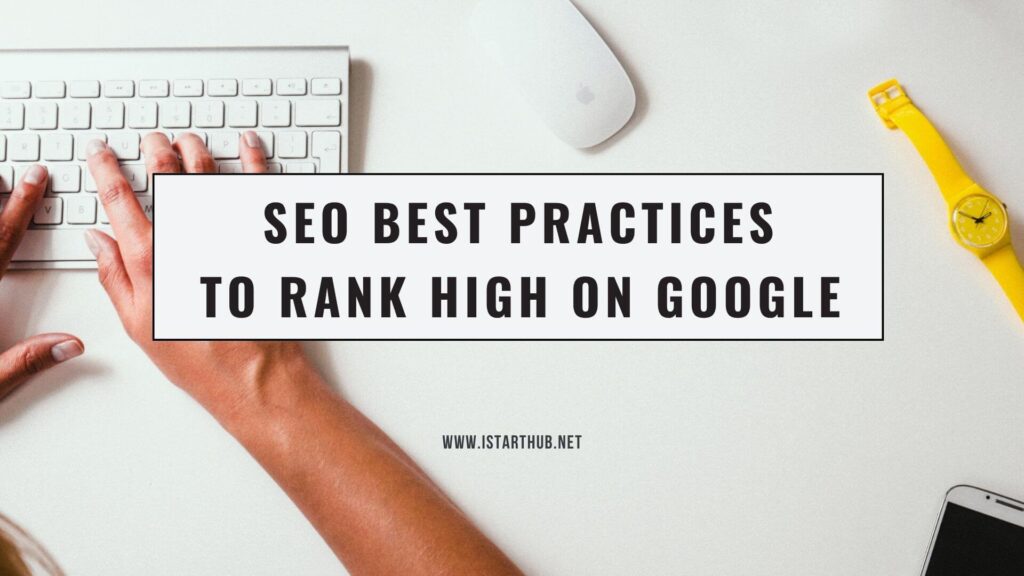Now Reading: What is Pogo-Sticking in SEO?
- 01
What is Pogo-Sticking in SEO?
What is Pogo-Sticking in SEO?

Pogo-sticking is a term used in SEO to describe when a searcher rapidly switches between results pages.
Some SEOs despise it because they believe Google tracks this consumer action and penalizes sites as a consequence.
Is Google discouraging pogo-sticking? And is it really a big deal if they are? In this post, we’ll answer the following questions:
- The differences between pogo-sticking and bounce rate
- The causes of pogo-sticking
- Does pogo-sticking affect your ranking?
- Should you be concerned about pogo-sticking?
- Creating more engaging content
The differences between pogo-sticking and bounce rate
Let’s clear that up a bit and distinguish pogo-sticking from bounce rate:
- That’s Pogo-sticking, as defined in the opening. It’s when a person visits a site from a SERP (search engine results page) and then hastily leaves it to return to the SERP.
- A bounce rate is the proportion of people that visit a site from any source but do not interact with it (for example, clicking a link, filling out a form, or adding an item to a cart). If you read this entire article and then leave without doing anything else—that’s considered a bounce.
The causes of pogo-sticking?
Pogo-sticking is a term used to describe when a person’s foot bounces while walking. There are several possible reasons for it. It’s worth noting that not all of them are due to poor content or awful UX (user experience).
1. Clickbait content
A searcher enters a site that makes excessive promises and underperforms. To put it another way, the user encounters clickbait material.
We’ve all seen it on the internet, and we all immediately regret clicking on it: “You’ll Never Believe This (…),” “Do This One Thing for 6 Weeks and See What Happens,” “They Don’t Want You to Know This (…),” and so on.
We feel deceived when we do it, so we “pogo” back to the SERP.
2. Buried or locked information
Even though the information may be there, the searcher can’t locate what they’re searching for. The issue is that the material is buried beneath a mountain of text, muddled by confusing language, or inaccessible to specific users.
When the material is only accessible to signed-up readers or hidden behind an “email wall,” things get a lot more complicated. The website may be excellent and provide the information that the searcher requires. But because it isn’t immediately accessible, the searcher will go back to the SERP.
3. Poor UX
In this case, the searcher is immediately disappointed (or suspicious) by how the site appears and operates, so they seek refuge in the SERPs.
These are some of the factors affecting a website’s UX:
- Tardy site speed
- Irksome ads
- Sign-up forms that spread over the content
- Website layouts that are difficult to navigate
- Websites that aren’t optimized for mobile browsing
Does pogo-sticking affect your ranking?
Pogo sticking is not nearly as essential to a site’s ranking as we think.
According to John Mueller, a Google Webmaster Central hangout took place years ago when he stated, “Pogo-sticking isn’t necessarily important for ranking.”
Should you be concerned about pogo-sticking?
Not necessarily. Because there may be a variety of reasons why visitors might hop between websites, Google most likely does not consider pogo-sticking a ranking factor. So don’t sweat it.
From a commercial standpoint, it may be worth considering. Even if you don’t prioritize ranking factors, you undoubtedly want your readers to stay longer than a few seconds and interact with what you have to offer.
Conclusion: creating more engaging content
So how do you create more engaging content to avoid pogo-sticking? Let’s check it out:
Fix your site UX—on mobile too
Not every website has to participate in design challenges. If you want to provide maximum enjoyment for your visitors, keep things simple and minimally distracting. Everything that is not relevant to the search query should enhance the reading experience. It implies it should stay out of the way in practice.
You can improve your website’s UI (user interface) in several ways. Here are some suggestions:
- Lose the pop-ups – These include sign-up forms, exit forms, etc. Do the same for any banners that shift the layout.
- Create a clear, consistent, and usable website layout – This is especially important for your website’s navigation. Having a beautiful website is fantastic. However, it’s more crucial not to burden the user’s cognitive capacity with things that have no purpose.
- Never forget about mobile optimizations – According to Statista, about 50% of internet users access the web from their mobile phones. Furthermore, Google indexes and ranks content based on mobile variants of websites (mobile-first indexing).
Use white-label content prepared by SEO experts
Content quality is a major ranking factor in SEO and it will be an excellent investment with measurable ROIs for your business. Using Digital Marketing Agencies which can provide you with a full-house service, like Mediagroup, will make it easier to centralize your marketing efforts and measure results. It ensures that your content will be on-point, concise, and deliver value to users landing on your page—ultimately engaging them with your brand longer.
















